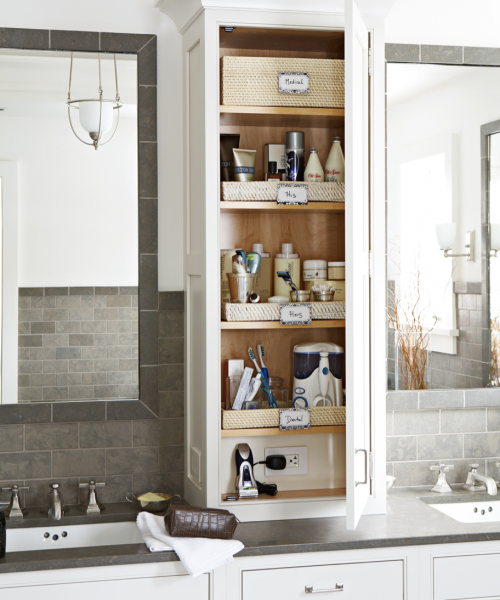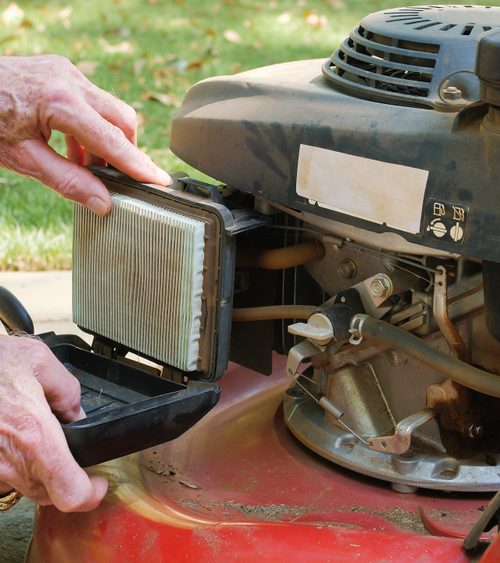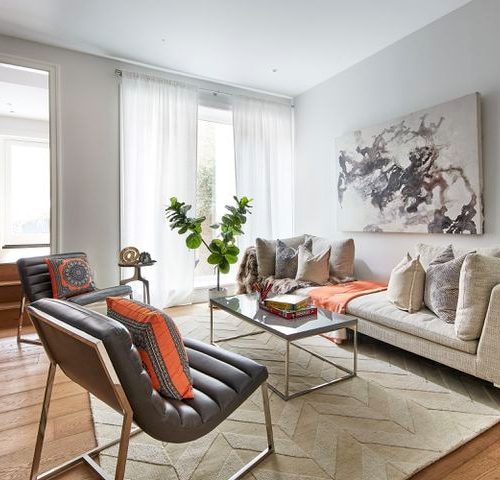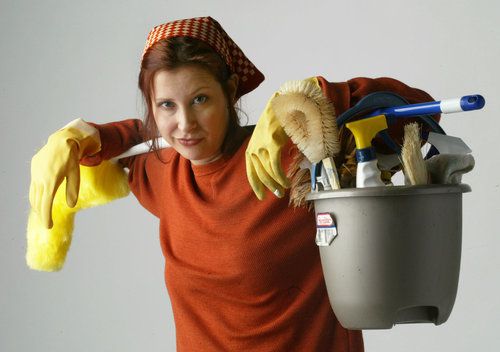By Nancy Clanton, The Atlanta Journal-Constitution
Troy Warren for CNT #HomeGarden
All of the country’s 74 million baby boomers will be 65 or older by 2030
The spotlight has been on seniors throughout the coronavirus pandemic — how to care for them and how to keep them safe.
“While tough conversations about where a senior will reside so they can receive the best care are sometimes side-stepped by families until they’re unavoidable, this renewed focus on staying healthy and safe has created the momentum to think proactively about aging loved ones,” Amy Moneypenny wrote for HomeCare.
Momentum is needed on the topic, because all of the country’s 74 million baby boomers will be 65 or older by 2030. Before that, however, the number of seniors will pass the number of children 13 and younger. That will happen by 2025, the U.S. Census Bureau predicts.
Thanks to advancements in telehealth and other technologies during the pandemic, many seniors say they would rather age in place than live in a nursing home. In fact, a May survey by Capital Caring Health found “nearly 90% of adults over age 50 — across all age, race, income, and health status categories — want to remain at home and ‘age in place.’”
Here are three trends around aging in place that HomeCare said emerged during the pandemic.
Seniors want independence
Many older Americans have spent decades making a home, and they don’t want to leave it. “Being able to stay at home and function independently means preserving a level of dignity — and avoiding the feeling of becoming a burden on others,” HomeCare wrote. Whether living alone or with family, seniors need to be aware of risks:
- 1 out of every 4 adults 65 and older will fall each year
- 1 out of every 5 falls causes a serious injury
- More than 95% of hip fractures are caused by falling
- Falls are the most common cause of traumatic brain injuries
Home upgrades
According to the National Institute on Aging, about 80% of senior falls happen in the bathroom. “Thankfully, enhancing bathroom safety doesn’t need to be super expensive or a huge undertaking,” NIA wrote. “With the addition of a few simple features, caregivers can help raise a bathroom’s level of safety significantly.”
- Converting a conventional tub into a low-threshold or a walk-in tub can drastically reduce fall risk by removing the need to step over the tub.
- Removing loose throw rugs decreases fall risks.
- Installing grab bars in areas where loved ones commonly use furniture or other objects to brace themselves can provide needed support and stability.
- Adding a chair lift will help to reduce falls on stairs and keep seniors from being confined to only part of their home.
These modifications aren’t inexpensive, but they can translate into higher home values if done with materials that don’t look too industrialized, HomeCare wrote.
Seniors want to be involved
Conversations about home modifications or changing living arrangements can be stressful. But including the senior — who is affected most by any change — from the beginning can help them to feel empowered.
“Education is a crucial step for seniors, caretakers and decision makers. If you include the people affected by these decisions from the start, you’ll remove a major barrier to adoption,” HomeCare advised.
In Other NEWS



































